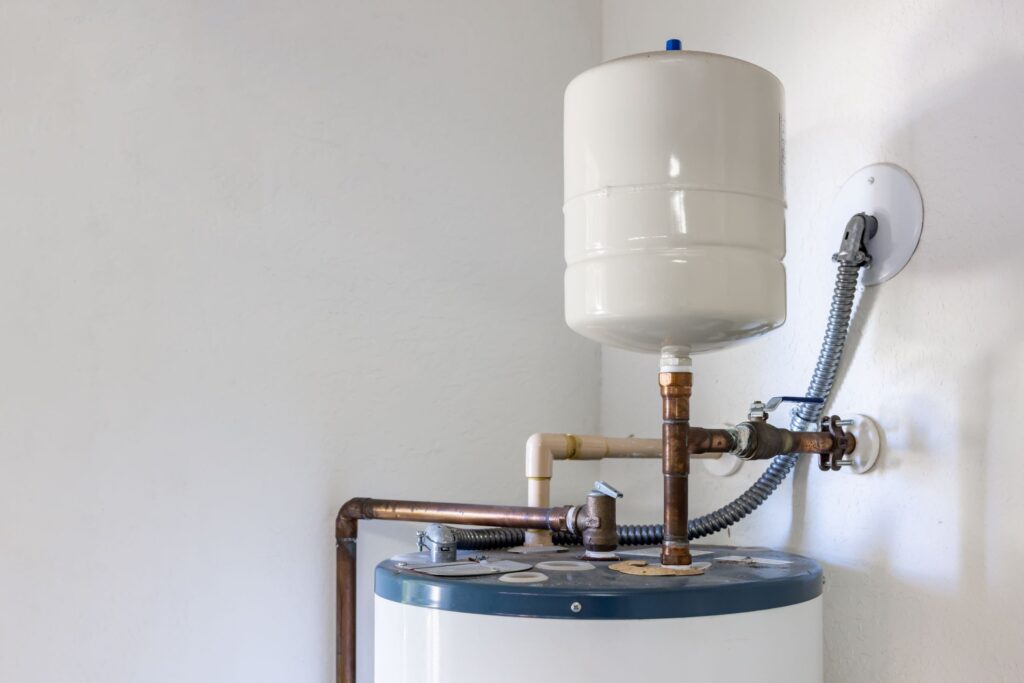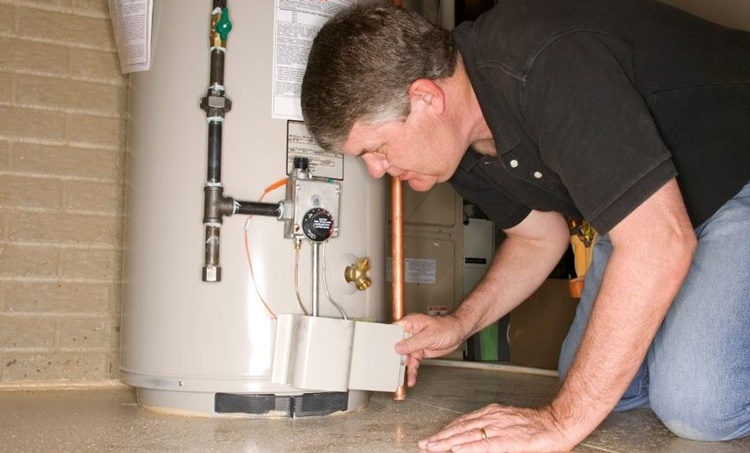They are making several great observations about Tips For Maintaining Your Hot Water Heater as a whole in this article further down.

Hot water is essential for daily convenience, whether it's for a refreshing shower or washing recipes. To ensure your warm water system runs effectively and lasts much longer, regular upkeep is crucial. This short article provides sensible pointers and insights on how to keep your home's hot water system to stay clear of interruptions and costly repair work.
Intro
Keeping your home's warm water system might seem daunting, yet with a couple of simple actions, you can ensure it runs smoothly for several years to find. This guide covers everything from recognizing your hot water system to do it yourself maintenance tips and understanding when to call expert assistance.
Relevance of Maintaining Your Hot Water System
Routine maintenance not only extends the life expectancy of your warm water system yet also ensures it operates successfully. Disregarding maintenance can bring about decreased performance, greater power bills, and even premature failure of the system.
Signs Your Warm Water System Requirements Maintenance
Recognizing when your hot water system needs focus can stop major issues. Keep an eye out for indications such as irregular water temperature, odd sounds from the heating unit, or corroded water.
Understanding Your Hot Water System
Before diving into upkeep jobs, it's helpful to understand the basic parts of your warm water system. Usually, this consists of the water heater itself, pipes, anode rods, and temperature controls.
Regular Monthly Upkeep Tasks
Normal monthly checks can help catch small problems prior to they rise.
Purging the Water Heater
Flushing your hot water heater removes sediment buildup, enhancing effectiveness and lengthening its life.
Monitoring and Changing Anode Rods
Anode rods protect against corrosion inside the storage tank. Evaluating and replacing them when worn is critical.
Checking and Readjusting Temperature Level Setups
Readjusting the temperature level setups ensures optimal efficiency and safety and security.
Do It Yourself Tips for Upkeep
You can perform several maintenance tasks yourself to keep your hot water system in top condition.
Checking for Leaks
On a regular basis evaluate pipes and connections for leaks, as these can lead to water damages and greater expenses.
Checking Pressure Alleviation Valves
Testing the stress relief valve guarantees it functions appropriately and prevents too much stress buildup.
Insulating Pipes
Shielding hot water pipelines reduces heat loss and can conserve energy.
When to Call an Expert
While do it yourself maintenance is beneficial, some concerns need professional proficiency.
Complicated Issues Requiring Professional Aid
Examples consist of significant leakages, electrical problems, or if your hot water heater is regularly underperforming.
Routine Professional Upkeep Perks
Expert maintenance can consist of complete evaluations, tune-ups, and ensuring conformity with safety and security criteria.
Verdict
Regular maintenance of your home's warm water system is crucial for performance, longevity, and cost savings. By following these tips and recognizing when to look for professional aid, you can make sure a reliable supply of hot water without unexpected interruptions.
How to Maintain an Instant Hot Water Heater
Before tinkering with your hot water heater, make sure that it’s not powered on. You also have to turn off the main circuit breaker and shut off the main gas line to prevent accidents. Also turn off the water valves connected to your unit to prevent water from flowing into and out of the appliance. 2. When you’re done, you have to detach the purge valves’ caps. These look like the letter “T†and are situated on either side of the water valves. Doing so will release any pressure that has accumulated inside the valves while at the same time avoid hot water from shooting out and burning your skin. 3. When the purge valves’ caps are removed, you have to connect your hosing lines to the valves. Your unit should have come with three hoses but if it didn’t, you can purchase these things from any hardware or home repair shops. You can also get them from retail stores that sell water heating systems. Read the user’s manual and follow it to complete this task properly. When the hosing lines are connected, open the purge port’s valves. 4. You should never use harsh chemical cleaners or solutions when cleaning your unit. Make use of white vinegar instead. It should be undiluted and you’ll probably use about 2 gallons. 5. Now flush your water heater. This task should probably take about 40 minutes. We can’t give you specific directions for this because the procedure is carried out depending on the type, model and brand of your heater. With that being said, refer to the user’s manual. 6. When you’re done draining the unit, you have to turn off the purge port valves again. Remove the hosing lines that you earlier installed on each of the water valves. Put the valve caps (purge port) back in their respective places and be very careful so as not to damage the rubber discs that are found inside these caps. 7. Now that everything’s back in place, check your user’s manual again to find out how to reactivate your water heating system. 8. Once it is working, turn one of your hot water faucets on just to let air pass through the heater’s water supply pipes. Leave the tap on until water flows smoothly out of it. https://www.orrplumbing.com/blog/2014/september/how-to-maintain-an-instant-hot-water-heater/

Do you really like reading about What Kind of Maintenance Do Water Heaters Need?? Give a review below. We'd be delighted to know your suggestions about this blog posting. In hopes to see you back again later on. Sharing is caring. You never know, you may be helping someone out. Thanks for your time spent reading it.
Additional Resources